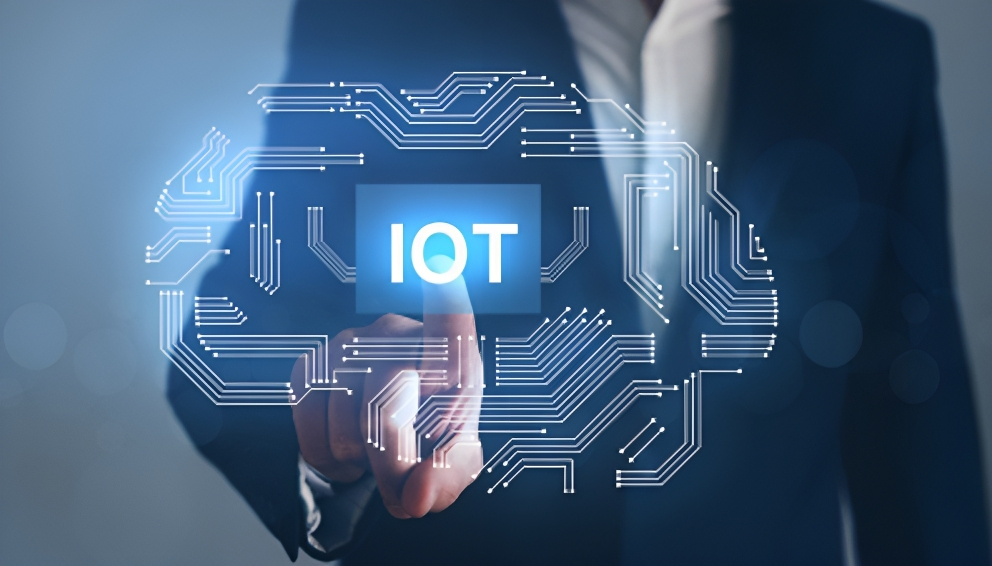
The transportation industry stands at the brink of a profound transformation, driven by the convergence of Mobility, IoT (Internet of Things), and Edge computing technologies. This amalgamation is giving rise to a new era of smart transportation systems, promising improved efficiency, safety, and sustainability. In this blog post, we’ll take an in-depth journey into how these technologies are reshaping the mobility and transportation landscape, creating a more connected and intelligent future.
Part 1: The Role of IoT in Smart Transportation
1.1. IoT Sensors and Data Collection
The bedrock of smart transportation is data. IoT sensors intricately woven into vehicles, infrastructure, and even by pedestrians collect an abundance of information. These sensors continuously monitor traffic flow, road conditions, vehicle performance, and more. The data flows in real-time to central systems for analysis and swift decision-making.
Imagine a scenario where sensors installed in traffic lights detect congestion at an intersection. This information triggers adaptive traffic signal adjustments, effectively alleviating traffic jams and reducing emissions.
1.2. Real-time Telematics
Real-time telematics data from vehicles represents a game-changer for both individual drivers and fleet operators. By aggregating and analyzing data on vehicle speed, fuel consumption, and maintenance requirements, real-time telematics systems can optimize routes, enhance fuel efficiency, and reduce the likelihood of accidents.
Moreover, this data empowers drivers with real-time feedback and suggestions, fostering safer and more fuel-efficient driving practices.
Part 2: Edge Computing in Smart Transportation
2.1. Understanding Edge Computing
Edge computing, the practice of processing data as close as possible to the data source, is a pivotal concept in smart transportation. In this context, it entails deploying computing resources or “edge devices” within vehicles and infrastructure.
2.2. Edge Devices in Vehicles
Edge devices embedded within vehicles can process data locally, reducing latency and enhancing responsiveness. For example, in autonomous vehicles, edge devices are entrusted with making critical real-time decisions regarding navigation, obstacle avoidance, and emergency braking, all without waiting for instructions from remote servers. This not only reduces the risk of accidents but also ensures the vehicle’s operability even in areas with limited or no network connectivity.
2.3. Edge Servers at Transportation Hubs
Transportation hubs, the lifeblood of urban mobility, play a pivotal role in data aggregation. Edge servers deployed at these hubs efficiently manage data from diverse sources, including vehicles, traffic signals, and surveillance cameras. These servers process data locally and only transmit the most relevant information to central data centers. This approach significantly reduces network burden and guarantees swift, real-time decision-making.
Part 3: Mobility as a Service (MaaS)
3.1. MaaS Concept
Mobility as a Service (MaaS) represents a transformative vision for transportation. It envisions a future where users have seamless access to a myriad of transportation modes, all through a single digital platform. IoT and Edge technologies are instrumental in actualizing the MaaS vision.
3.2. Integration of IoT and Edge
IoT sensors, nestled within vehicles and infrastructure, provide real-time data to MaaS platforms, offering users up-to-the-minute information on vehicle availability, traffic conditions, and more. Edge computing ensures that this data is processed swiftly, empowering users to make informed decisions about their transportation options in real-time. Be it finding the quickest route to work or effortlessly transitioning between different modes of transportation, IoT and Edge technologies make MaaS an unparalleled convenience.
Part 4: Use Cases and Examples
4.1. Smart Traffic Management
Cities worldwide are harnessing Edge IoT for intelligent traffic management. Take Singapore, for example, where sensors and edge devices have enabled the implementation of dynamic bus lanes. These lanes adapt to real-time traffic conditions, effectively reducing congestion and improving the efficiency of public transportation.
4.2. Autonomous Vehicles
Autonomous vehicles are at the forefront of transportation innovation. Edge computing is instrumental in enabling real-time decision-making within these vehicles. Self-driving cars rely on edge devices to process data from lidar, radar, and cameras, allowing them to navigate safely through complex environments. This local processing drastically reduces latency and ensures vehicles can react instantly to changing road conditions.
Part 5: Challenges and Future Trends
5.1. Security and Privacy Concerns
As data becomes more ingrained in smart transportation systems, security and privacy concerns take center stage. Safeguarding sensitive data and ensuring the security of edge devices are ongoing challenges. Robust cybersecurity measures and data encryption are indispensable to address these concerns.
5.2. Edge AI and Machine Learning
The future of smart transportation holds the promise of increased integration of AI and machine learning at the edge. This will facilitate predictive maintenance of vehicles, real-time traffic forecasting, and even more advanced autonomous driving capabilities.
Connect with Vinz Global for Your Next Mobility, IoT, and Edge Project
As we conclude our exploration of the future of smart transportation through the lens of Mobility, IoT, and Edge computing, we invite you to consider the immense possibilities that await. At Vinz Global, we are passionate about driving innovation in these transformative technologies. Whether you’re planning to embark on a groundbreaking project or seeking expert guidance, we’re here to help.
Connect with us to unlock the potential of Mobility, IoT, and Edge computing for your next project. Together, we can shape the future of smart transportation and create solutions that empower individuals and communities alike.
The future of mobility is now. Join us on this journey, and let’s build a smarter, safer, and more connected world of transportation.

